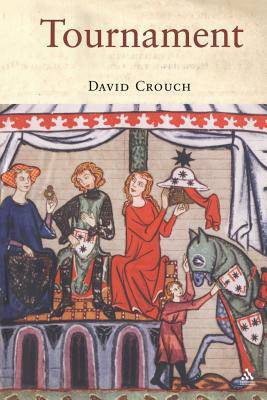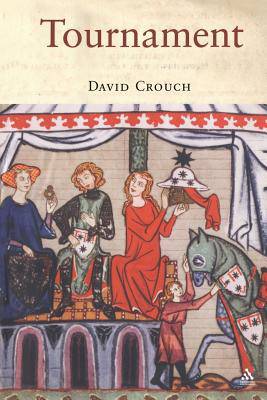
Je cadeautjes zeker op tijd in huis hebben voor de feestdagen? Kom langs in onze winkels en vind het perfecte geschenk!
- Afhalen na 1 uur in een winkel met voorraad
- Gratis thuislevering in België vanaf € 30
- Ruim aanbod met 7 miljoen producten
Je cadeautjes zeker op tijd in huis hebben voor de feestdagen? Kom langs in onze winkels en vind het perfecte geschenk!
- Afhalen na 1 uur in een winkel met voorraad
- Gratis thuislevering in België vanaf € 30
- Ruim aanbod met 7 miljoen producten
Zoeken
Omschrijving
The tournament was a mock battle, at its height between 1100 and 1300, conducted by two arbitrary battalions over many square miles of open country. It was a one-day event, but when joined to ancillary festivals it could extend it to several days. The centre of the enthusiasm was across north and north-eastern France, where -- in the twelfth century -- thousands of knights assembled from across northern Europe to seek reputation and profit. But the passion for the tournament extended much further. Tournament holding had penetrated England, Germany and Austria by 1200. The tournament resembled in many senses a modern spectator sport, with spectators, chants, national teams, team colours, inflated salaries, transfer fees, celebrity cults and a lifestyle notable for its excesses. The tournament had a wider significance too. It underpinned the idea of aristocracy; a knight and aristocrat could be defined as a man who frequented the tournament.
Specificaties
Betrokkenen
- Auteur(s):
- Uitgeverij:
Inhoud
- Aantal bladzijden:
- 240
- Taal:
- Engels
Eigenschappen
- Productcode (EAN):
- 9781852855314
- Verschijningsdatum:
- 20/01/2007
- Uitvoering:
- Paperback
- Formaat:
- Trade paperback (VS)
- Afmetingen:
- 158 mm x 232 mm
- Gewicht:
- 412 g

Alleen bij Standaard Boekhandel
+ 145 punten op je klantenkaart van Standaard Boekhandel
Beoordelingen
We publiceren alleen reviews die voldoen aan de voorwaarden voor reviews. Bekijk onze voorwaarden voor reviews.









